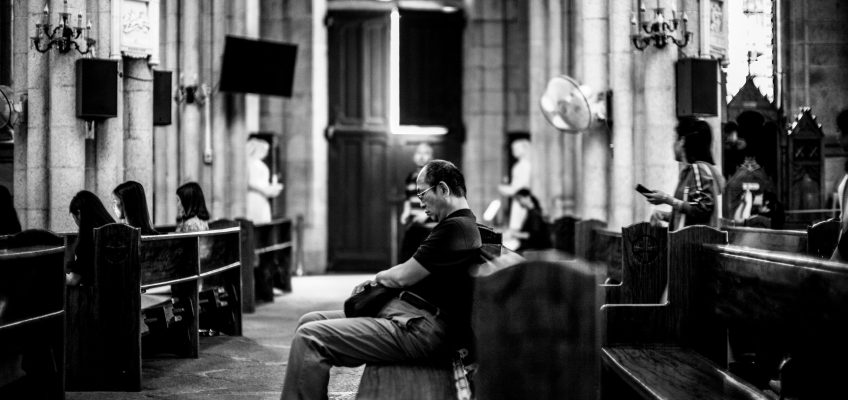The Constitution on the Sacred Liturgy describes Lent’s twofold nature: “[B]y recalling or preparing for baptism and by penance, it disposes the faithful, who more diligently hear the word of God and devote themselves to prayer, to celebrate the paschal mystery” (109). Baptism and penance are two sides of the same coin. For us who are baptized, the reason we do penance is because we have not lived up to our baptismal promises. For the elect preparing for baptism, penitential practices strengthen their conversion to Christ. Thus in the same paragraph, the Constitution suggests that “[m]ore use is to be made of the baptismal features proper to the Lenten liturgy. . . .”
Baptism and penance are two sides of the same coin. For us who are baptized, the reason we do penance is because we have not lived up to our baptismal promises. Share on XTwo other liturgical documents pick up on this directive. The Vatican’s circular letter “On Preparing and Celebrating the Paschal Feasts” (Paschale solemnitatis) and the Ceremonial of Bishops both recommend that the Masses on this day be distinct. They propose, as an example, including the litany of saints in the entrance procession (see PS 23 and CB 261). What a beautiful way to begin the annual “ascent to the holy mountain of Easter” (PS 6) when we will again sing with the saints as we approach the font of new life with our elect and renew our own promises.



Leave a Reply